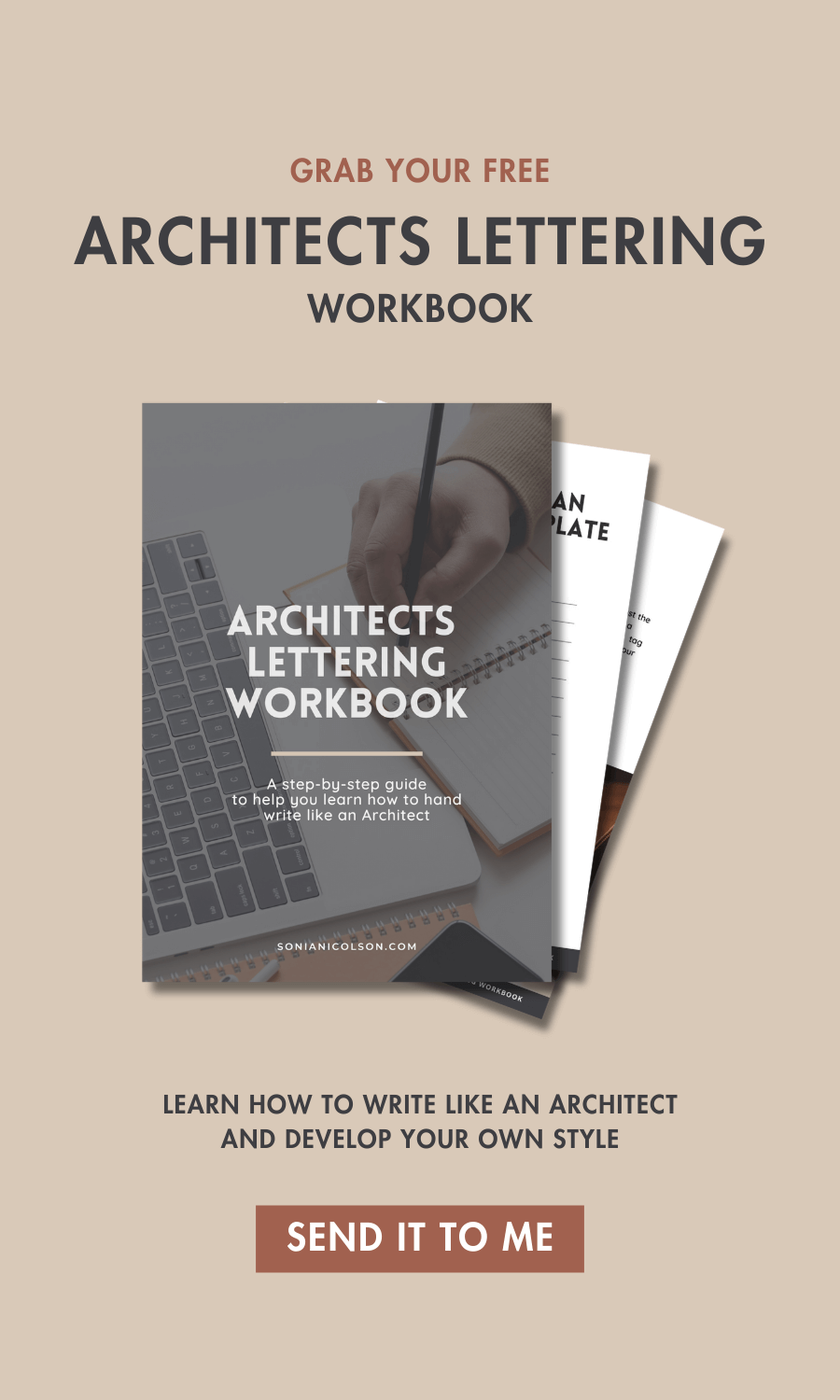Portfolio Requirements For Art and Design Subjects
/Tips and advice from a former university senior lecturer on Art & Design student portfolios
It's interview time for many applicants and students at Universities and Art Colleges across the UK. This is a nerve-wracking time and many of you will be preparing your portfolios in the run-up to your interview - hoping to wow the course team and secure a place on your selected course.
I have met with, and interviewed, hundreds of students in the UK and internationally, all looking to be offered a place on their selected degree or MA. I know what should be in your portfolio and am about to share my 5 top tips from an interviewer’s perspective.
If you are preparing your portfolio or starting to think about it for the following academic year, here are my 5 top tips to help you get ready and build the perfect portfolio for application to University or Art school.
1. Show off your best work
Most creative Universities and art Colleges are looking for talented students who are inspired and ready to further their skills, it's that simple. The best way to show off your skills and interests is in the portfolio so fill it with your most creative, best work, and work that reflects you as an Artist/Designer.
Select 15-20 of the best pieces of work you have, you will likely only have time and need to show 10-15. Include mixed medium and a variety of topics if you are applying for a foundation course or first year (and don’t have course subject-specific examples of work, i.e interior design projects or images).
When selecting work, ask yourself:
Who is the portfolio for and will you be there in person to talk through it?
What have they asked to see, if they have?
What are your strengths?
What are your best projects/creations?
How best can you visually communicate them?
How best can you verbally communicate them?
The academic (teacher) looking at your portfolio will be looking to see what subject (topic) and medium (pen, punk, paint, etc) you have experience with, and how you have produced your work. They may ask you how long each piece took and why you created them so be ready with responses to these questions.
What to include:
Drawings and sketches (show variety and narrative, include different techniques)
A sketchbook or particular pages from a sketchbook (lay the book open and take a well-lit photo from above)
Still life and observation drawings (unfinished work is fine, often more interesting)
Paintings (watercolours, acrylic, oil, mixed medium - include your best work only)
Ink and pencil drawings/pastel work
Digital images (poster designs, branding projects)
Photography
3D work, models, and sculptures (these will likely be too large to bring so take some very clear, well-lit photographs and try to show scale by photographing with a pen or pencil in the shot but not distracting)
2. Text, but to the point
If you wish to support your portfolio images with a short explanation, that’s fine but keep it short - less is more. Try not to distract from your work. Summarise the narrative (story) behind your work in one or two sentences - (title, medium, explanation of work)
3. Create a direction/focus
Focus the direction of your portfolio on the subject you are applying for (architecture, interior design, etc). Show key pieces that highlight your interest and knowledge/expertise so far:
ARCHITECTURE - focus on buildings, materials, forms, models, perspectives, sketches, etc
FASHION - figure drawing, model sketches, designs, samples of material, and so on
GRAPHICS - branding, logos, typography, posters, photography, etc
4. A physical/electronic submission of a Portfolio
There are many different ways of submitting your portfolio, this will depend on whether you are attending the interview or not. Make sure to check how what is required of you.
If you will be attending an interview then we suggest making life a little easier and carrying a small A3 portfolio in a protective folder (we know many of your pieces may be larger but A3 is your friend). A3 is a good size to carry around and present on a desk or table. It’s easy to store, cheaper to print if replicating and way more user-friendly when moving around.
If you live abroad, or will not be attending an interview, you will be asked to submit your portfolio electronically. You can email a PDF, use Dropbox or we recommend using the website wetransfer.com - it will transfer a large file without compromising the size and lets you know when it’s been delivered, and opened.
It’s also a good idea to start creating an online portfolio so look into Behance or create your own site on a platform like Squarespace
5. The interview
Since your grades likely got you an interview, the academic interviewing you will use your portfolio to base their decision on. No pressure.
Obviously, your grades, previous experience, internships, awards, etc are an important part of the application process but the portfolio is key - it can even raise your chances of an offer sometimes.
In the interview, you will be asked to present your portfolio. Go through it slowly and calmly, explaining the following:
What each piece is and what the story behind it/brief was
If it was a school piece or independent work
What inspired/motivated you
Why you used the medium (paint, ink, clay)
Yes, it’s a nerve-racking experience,
Yes, you’ll likely have to do it a few times.
Yes, you’ll get used to it.
Be proud of your work.
Final note: Remember, the school you’re applying to has given you an interview because they want to meet you and see your work, so show it off. Try to enjoy the experience. Ask them questions too. This is the next 3+ years of your life and you want to make sure you’re on the right track, at the right school, and learning from the right people.















